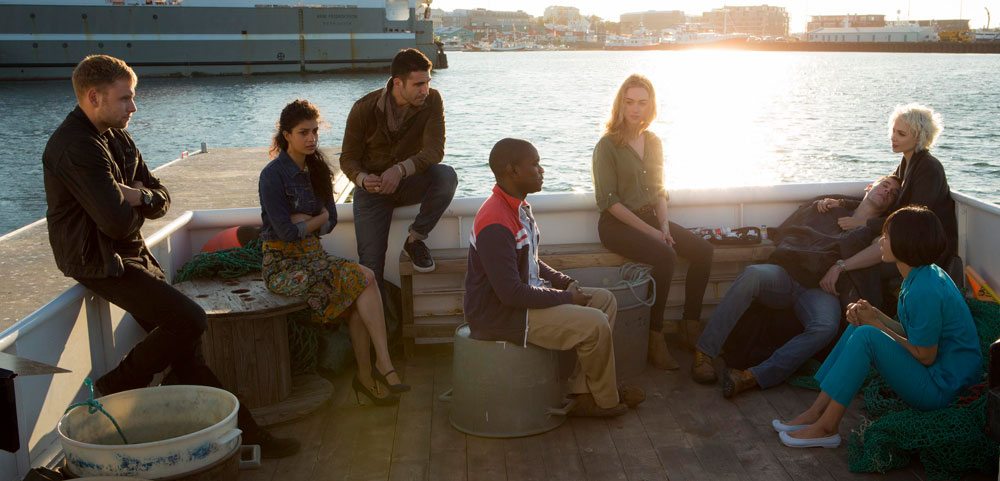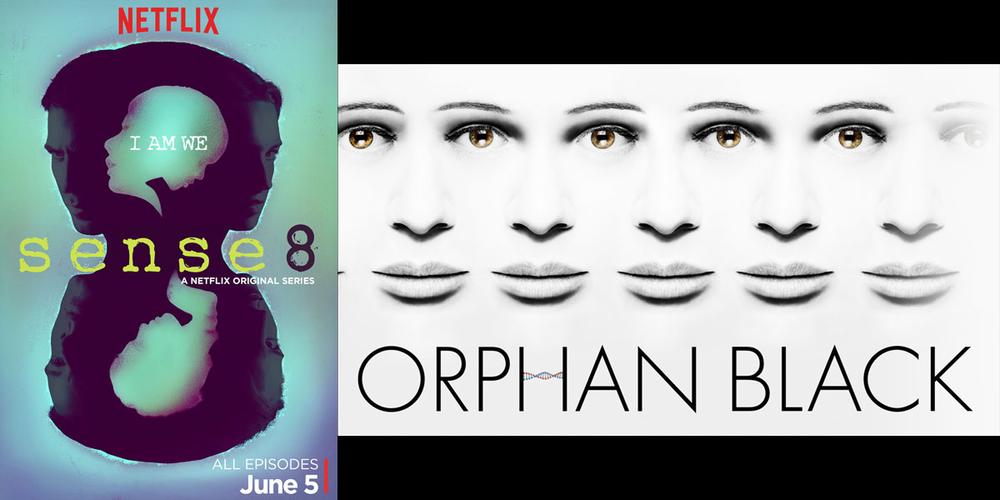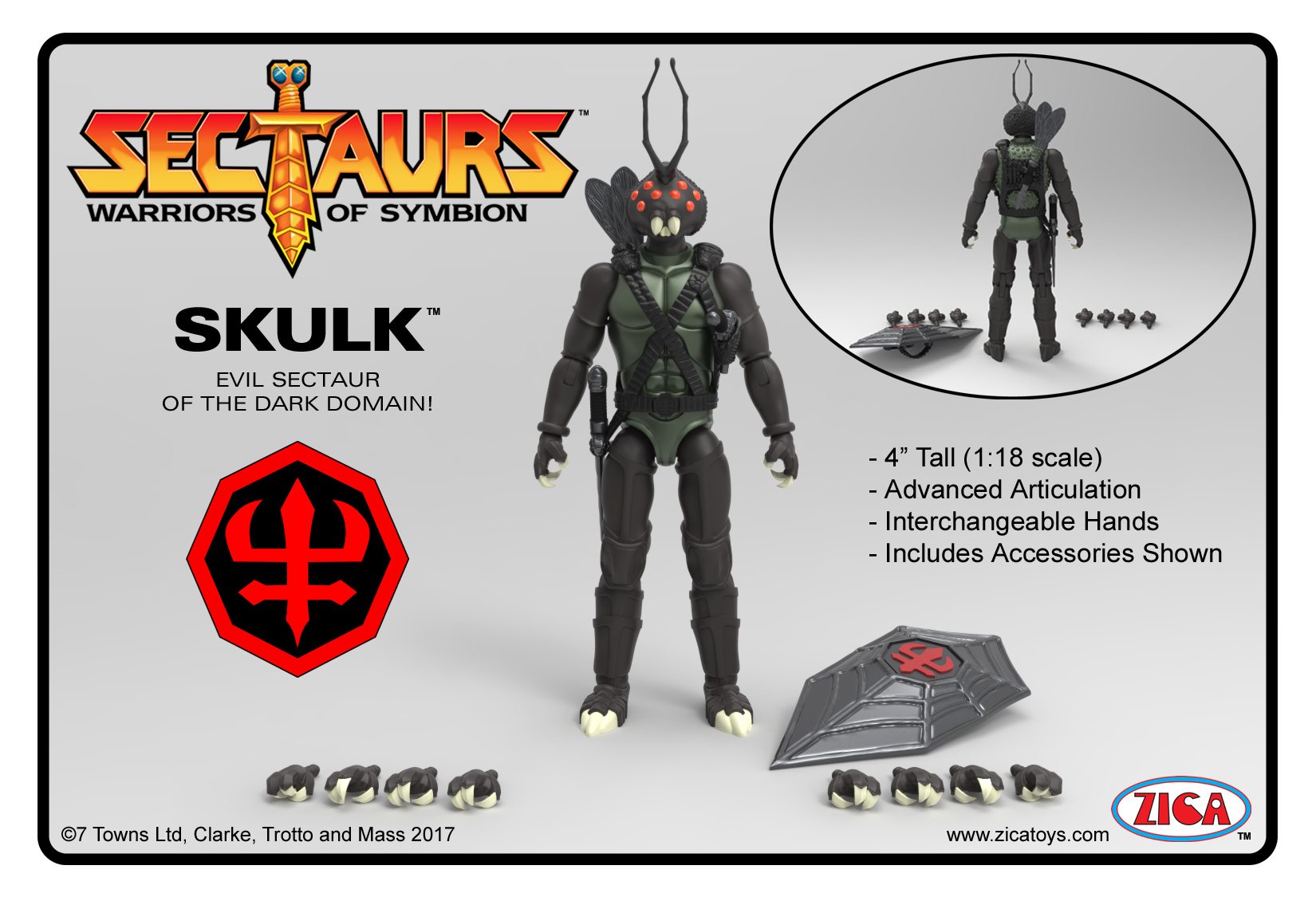I remember the old lament: hundreds of channels and still nothing to watch. That’s certainly not true anymore.
While the number of “channels” I watch has shrunk, the sheer number of shows that I wish I had time to watch has grown exponentially, particularly as old shows I never got around to watching are added to streaming services like Netflix or Amazon Prime. Matt Blum mentioned earlier this month that Animaniacs was added to Netflix, and we’ve been introducing that to our kids, too. I’ve just started watching the second season of Daredevil (which I know some of the GeekDads and GeekMoms have already binged), and I noticed the other day that the second season of The Unbreakable Kimmy Schmidt was also released–I’m only partway through the first season.
But the two shows I’ve been watching lately are Sense8, a Netflix Original Series, and Orphan Black, a BBC America series that has its first three seasons on Amazon Prime. (I should mention up-front that neither of these shows are intended for kids–there’s a bit of everything: graphic violence, language, and sex.)

Sense8 was created by the Wachowskis and J. Michael Straczynski, and centers around a group of 8 people who have a special connection to each other. These “sensates” have just awoken to their new abilities–they basically have a mental connection to each other, allowing them to communicate to each other. Sometimes it’s an emotion that gets transmitted; sometimes they can experience the world through another person’s senses as if they’re there; and sometimes they can speak and act for another person, almost like controlling a puppet. The way it’s portrayed in the series is that the other actor steps in and performs their role, but the understanding is that everyone on the outside only sees the character who is physically present.
One of the most fascinating things about the show is its inclusion of a very diverse group of characters: the eight sensates are from many different countries: the US, Iceland, Germany, Korea, Kenya, India, Mexico. There are men and women of all walks of life: Wolfgang is involved in organized crime; Will is a cop in Chicago; Kala is a pharmacist and a devout Hindu; Lito is a closeted gay actor.
For me personally, one of the most thought-provoking characters is Nomi, a transgender hacktivist in San Francisco. Honestly, I’ve been almost entirely ignorant about the whole subject until fairly recently–it’s really a topic that I had just avoided thinking about most of the time. But the fact is that I do know people who are transgender and I’m trying to be educated about what that means. (GeekDad Jules’ recent primer is a handy place to start.) Nomi’s story challenged my assumptions and, though I make no claims that I’m now an enlightened, understanding human being, I did find that the show let me see the world through her eyes. The fact that both the Wachowskis and Jamie Clayton (who portrays Nomi) are trans women makes the message more convincing, too. The show is all about seeing the world through each other’s eyes–about the way that everyone is connected (but, in the show, only the sensates are really able to understand and feel that connection). So I guess it’s appropriate that watching Sense8 also helps me see what the world is like for people who aren’t like me.
That said, it’s still a Wachowski production–which means that there’s action and conspiracies and twisty plot lines. I’m not quite finished with the season yet, but there’s a lot of intrigue, the requisite mysterious mentor, and a really creepy bad guy. Besides the Big Bad, though, each of the characters also has their own demons to face. Lito is in constant fear of being exposed as gay because it would wreak havoc on his acting career. Capheus works hard to buy AIDS medicine for his mother and gets tangled up with a local crime lord. Sun has learned that her brother has been embezzling from the family business. As the sensates come into their abilities, they are able to be present for each other when the need arises.
It does bother me a little that, even in this show that’s about how this connection is so important and powerful, things are often still solved through violence. Sun, the Korean woman, is also a kickboxer, and her skills are often called upon to get a character out of a tricky situation. Will and Wolfgang both have expertise with guns–another oft-used ability. Lito’s acting and Capheus’ driving do come into play, but not nearly as often. But, I have to remind myself, this is an action show, after all.
Sense8 is available only on Netflix. The first season was released in June 2015; a second season has started production but won’t be available until later this year.
Orphan Black first premiered in 2013, so it’s been around for a while–the fourth season actually just started this month. But although I’d heard good things about it, I just never got around to watching it until recently. The first three seasons are free for Amazon Prime members now, but it’s also available through iTunes, Google Play, and other streaming services, plus on the BBC America website for subscribers.
The premise of the show is that there are several women who are clones–from a secret (and illegal) experiment, and they’ve just started discovering each other. Our entry into this world is through Sarah Manning, a con artist who runs into her own twin–just before said twin steps in front of a train and kills herself. Sarah decides to steal the dead woman’s identity, thinking that it’ll be a quick con to empty out her bank accounts and take off. But then she gets caught up in this other life and ends up meeting some of the other clones.
A lot of the show’s plot revolves around the clones trying to figure out what is going on–first, just coming to terms with the idea that they’re clones, and then getting answers to the who and why and how. Tatiana Maslany, who plays the clones, does a tremendous job performing as all these women from different countries and walks of life: a geeky biologist, an uptight suburban mom, a brainwashed killer, and more. I’m also impressed by the filming technique, which I’ve read involves a body double and suspended tennis balls and motion-controlled cameras, because the scenes in which the clones interact with each other feel seamless–you don’t feel like there’s an invisible line down the middle of the screen that she can’t cross. It really helps you buy into the storyline because you’re not tripping over some technological limitations.
I’m trying to catch up (I just finished the first season) at least somewhat because I have a review copy of IDW’s Orphan Black Card Game and I don’t want to spoil the show for myself. I’ve really been enjoying it so far and am looking forward to more.
They’re both fantastic, fascinating shows and I highly recommend them.
Disclosure: I am part of the Netflix Stream Team and have been provided with Netflix access for review purposes, but opinions expressed are my own.





